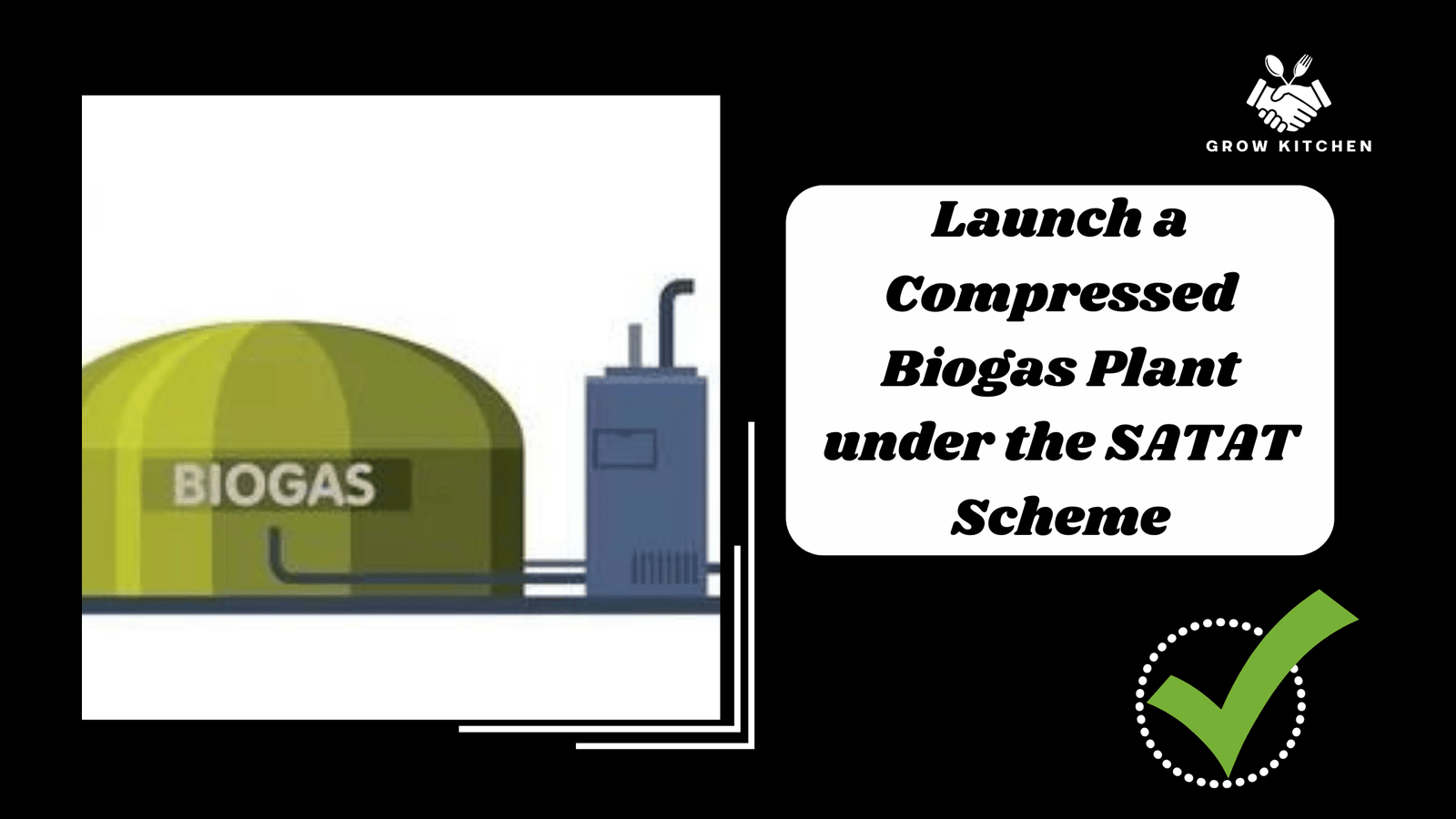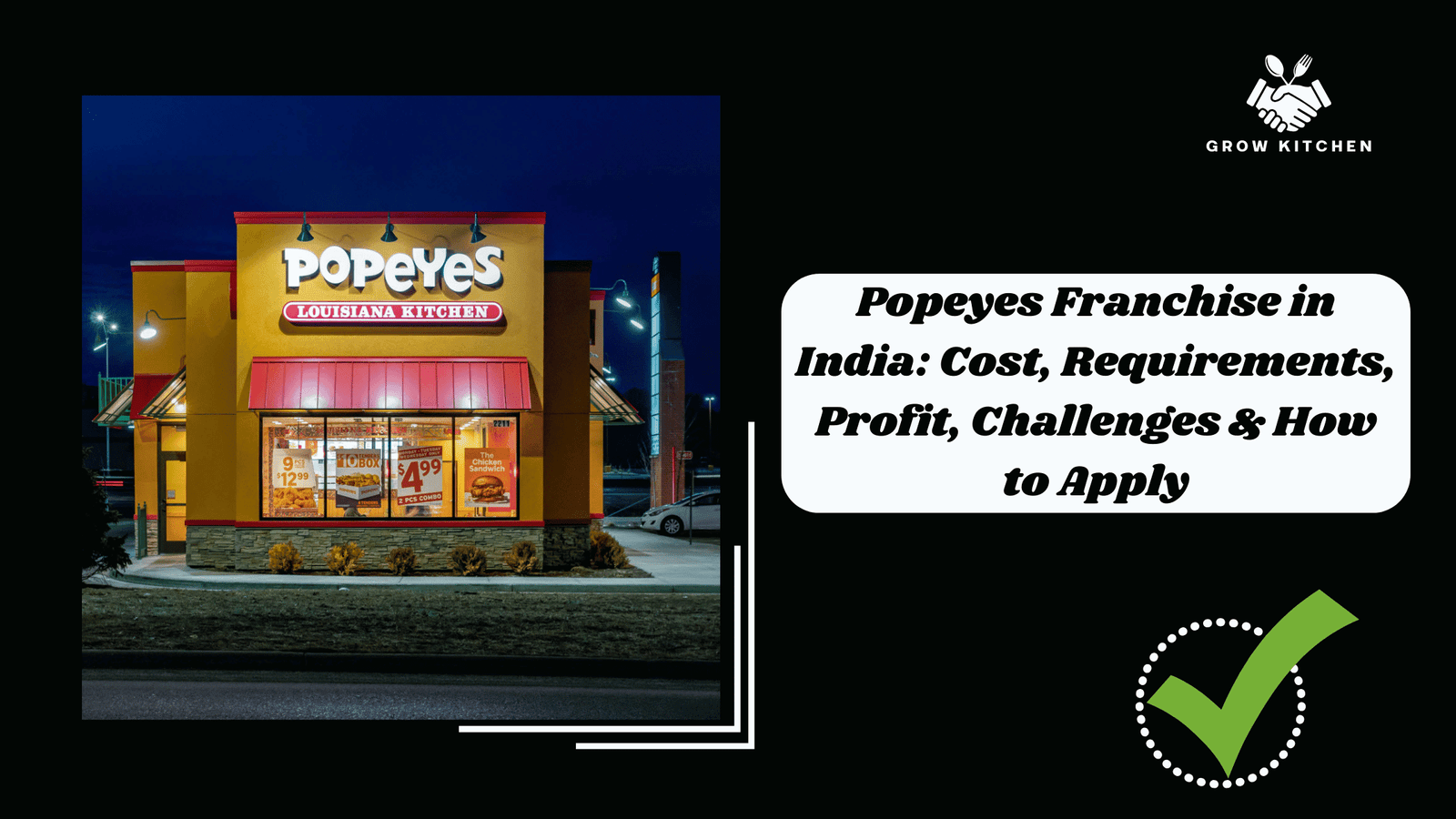The Compressed Biogas Plant under the SATAT Scheme presents a lucrative opportunity to invest in green alternative fuel while contributing to India’s energy sustainability. Ashish Agarwal’s insightful video explains the potential of Compressed Biogas (CBG) and provides a detailed guide on setting up a CBG plant under the Sustainable Alternative Towards Affordable Transportation (SATAT) scheme, offering a profitable venture in the renewable energy sector.

Benefits of CBG
CBG stands as a promising alternative to traditional fossil fuels, with several benefits:
- Environmental Impact: CBG significantly reduces greenhouse gas emissions, supporting environmental sustainability.
- Energy Independence: It reduces dependence on imported crude oil, bolstering national energy security.
- Utilization of Waste: CBG production involves the conversion of agricultural, municipal, and other organic waste, thus managing waste effectively.
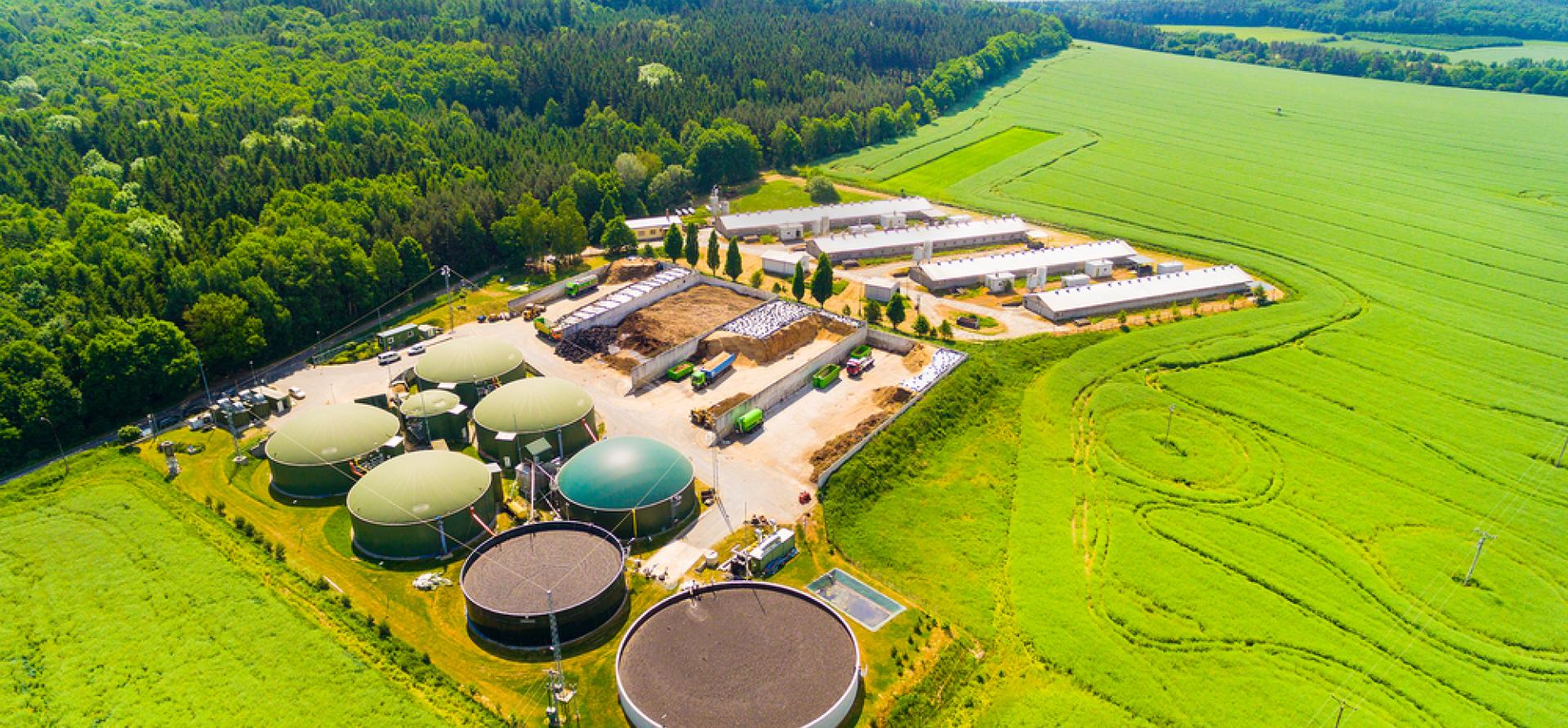
Investment and Profitability
Setting up a CBG plant requires a substantial investment but promises attractive returns:
- Investment Requirements: Initial investments cover plant setup, technology acquisition, and regulatory compliance. The exact amount can vary based on plant capacity and location but generally spans several crores of rupees.
- Profit Margin: CBG production can yield high profit margins, typically around 20-30%, influenced by production efficiency, market demand, and government incentives.

The SATAT Scheme
The SATAT scheme, initiated by the Government of India, aims to establish CBG as a commercially viable energy option. It provides a structured framework for entrepreneurs to set up CBG production facilities and connect them with gas distribution networks.
How to Set Up a CBG Plant under the SATAT Scheme
1. Understanding the Scheme: Familiarize yourself with the SATAT scheme’s guidelines available on the official government portal.
2. Feasibility Study: Conduct a feasibility study to assess the viability of setting up a CBG plant in your chosen location. Consider factors like raw material availability, proximity to demand centers for CBG, and logistical aspects.
3. Business Plan Development: Develop a detailed business plan outlining your strategy for raw material sourcing, production, and distribution. Include financial projections and risk analysis.
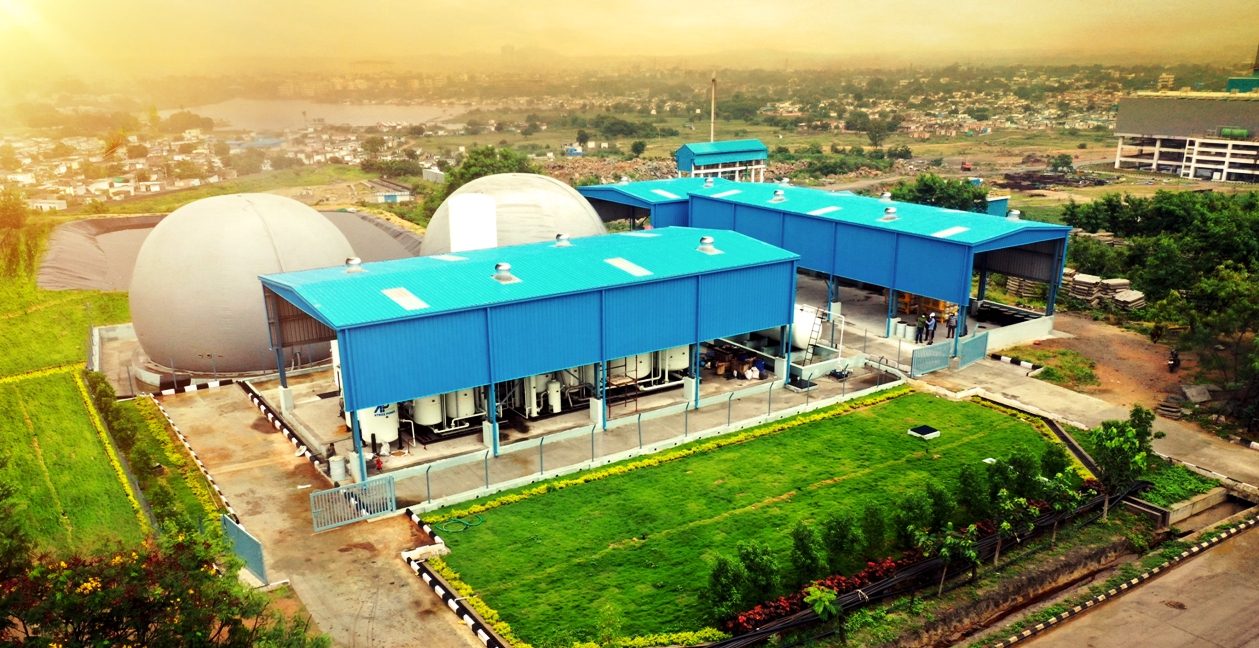
4. Application Process:
- Submit an Expression of Interest (EOI): Apply through the official SATAT scheme portal where you submit an EOI along with necessary documents such as business plans and financial projections.
- Approval: Once your EOI is reviewed and meets all criteria, you will receive approval to proceed.
- Licenses and Permits: Obtain the necessary environmental and operational permits from local and national authorities.
5. Setting Up the Plant:
- Infrastructure: Build the necessary infrastructure following approved standards and specifications.
- Technology Installation: Install technology for biogas purification and compression.
- Trial Runs: Conduct trial runs to ensure everything is functioning as expected.
6. Operation and Maintenance: Begin full-scale operations and establish routines for regular maintenance and compliance checks.
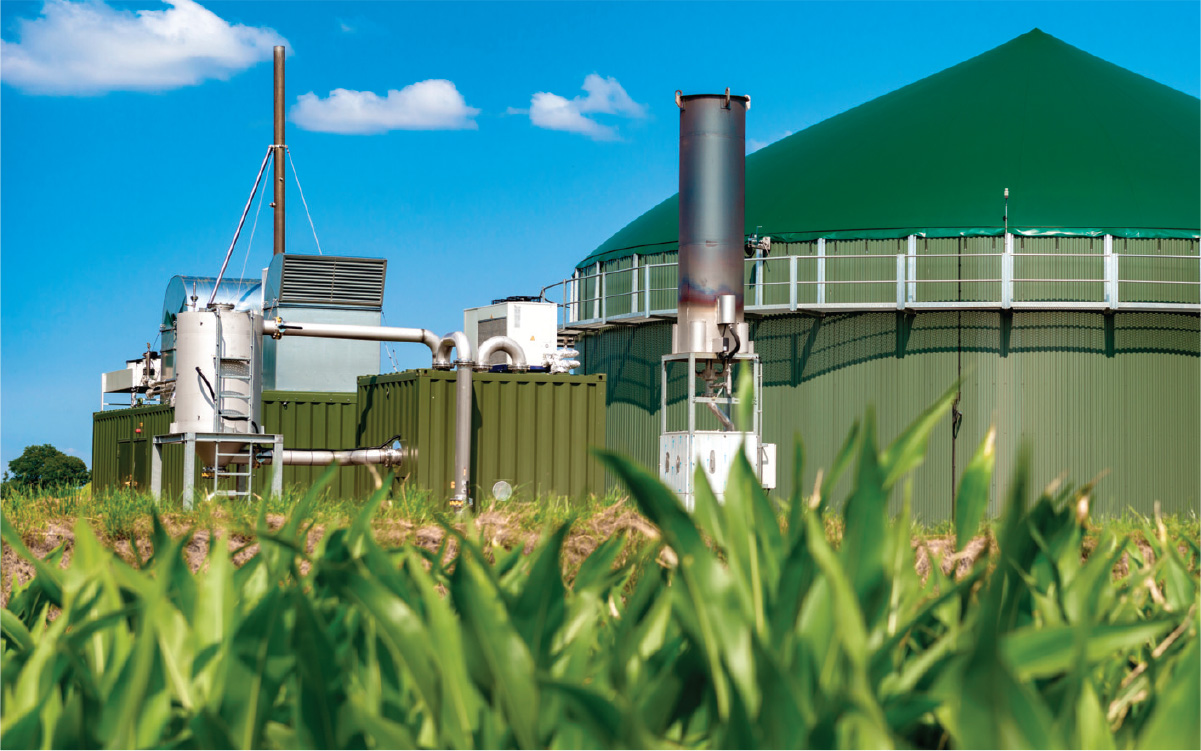
Conclusion
Investing in a CBG plant under the SATAT scheme not only contributes to environmental sustainability but also opens up significant economic opportunities. With the government’s push towards cleaner energy sources, now is an opportune time to venture into the biogas industry. For further details on the application process and technical requirements, prospective entrepreneurs should visit the official SATAT scheme website.

